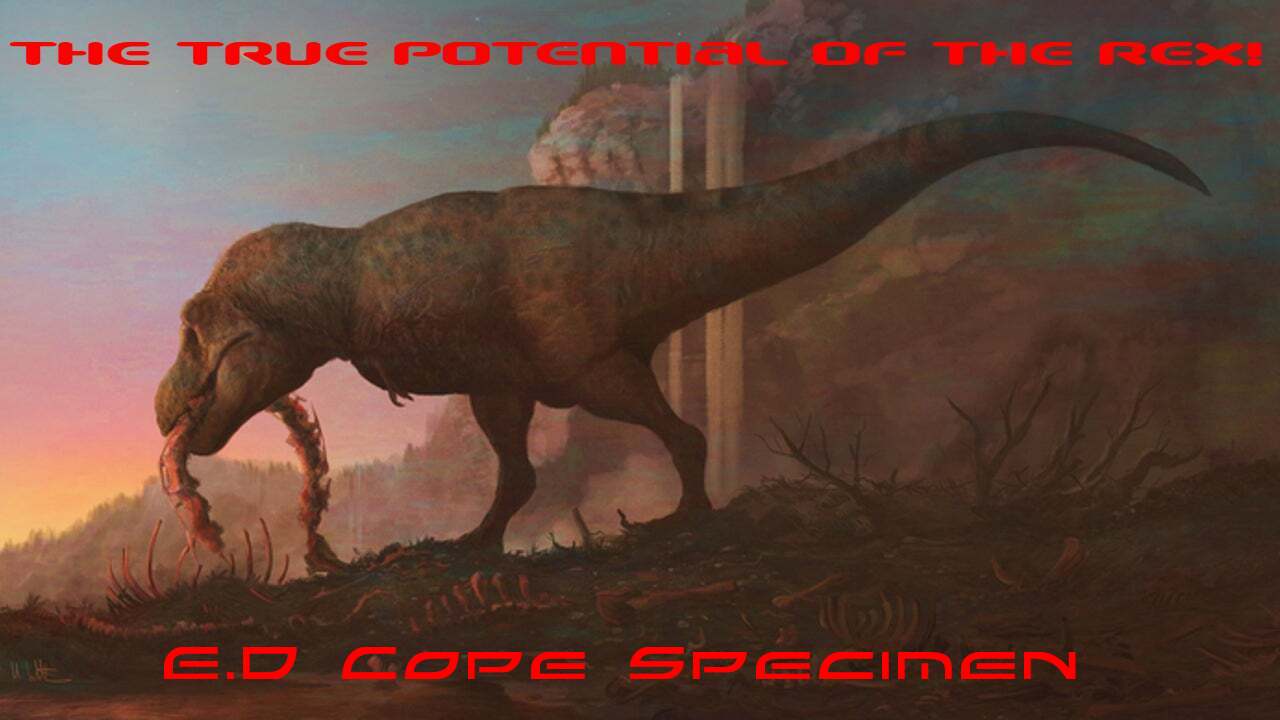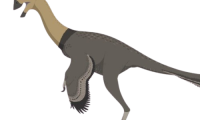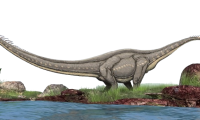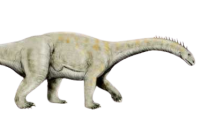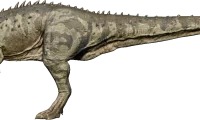BHI 6248, affectionately known as “E.D. Cope,” stands as an intriguing fossil representing the mighty Tyrannosaurus rex, and its discovery in June 2000 marked a significant moment in paleontological history. Unearthed by the dedicated team at the Black Hills Institute, this remarkable find occurred at a site believed to be the original dwelling place of the carcharodontosaurid, Maraxes gigas. Notably, the femur of this awe-inspiring specimen boasts an impressive circumference of 63 centimeters (25 inches). The nomenclature pays homage to the renowned American paleontologist Edward Drinker Cope, a fitting tribute to its significance.
The remarkable story doesn’t end there, as Bucky Derflinger, a rancher and passionate amateur fossil collector, played a pivotal role in the discovery of BHI 6248. The fossil was unearthed near Usta, close to the Wade Derflinger Ranch in Perkins County, South Dakota, adding a personal and local touch to this extraordinary chapter in the annals of paleontology. This discovery not only showcases the importance of collaboration between professionals and enthusiasts but also underscores the rich paleontological heritage waiting to be unveiled in unexpected places.
Size Estimates:
Weight: Examining the femur size provides intriguing insights into the remarkable characteristics of Cope’s specimen, revealing that it possessed one of the thickest femurs among its dinosaur counterparts. This distinctive feature suggests that this particular dinosaur was notably robust and heavy, showcasing a unique physicality within the Tyrannosaurus rex species. Interestingly, despite the formidable width of its femur, the height of the specimen stands out as comparatively shorter when put with other specimens of its kind.
According to this the weight of the T rex specimen would be close to 10-11 tons (slightly heavier than Sue and Scotty: due to its femur size)
Height and Length: The measurement of the femur length serves as a crucial determinant in unraveling the intriguing details of the creature’s overall height. In the case of E.D. Cope’s specimen, a shorter femur implies a correspondingly shorter stance when compared to its Tyrannosaurus rex counterparts. This distinct feature suggests a unique anatomical composition, categorizing the specimen as a “round T. rex.” Despite this distinctive characteristic, the length of the specimen aligns closely with that of renowned T. rex specimens like Sue and Scotty. Consequently, the comprehensive analysis points to an estimated length of 12-13 meters, showcasing the specimen’s impressive size, while the height falls within the range of 10-12 feet. This revelation not only sheds light on the distinctive morphology of Cope but also contributes to the broader understanding of the diversity within the Tyrannosaurus rex species, highlighting the intricate interplay between size, proportions, and evolutionary adaptations.
Verdict: The analysis concludes that E.D Cope specimen was a robust one, weighing between 10-11 tons and a not fascinatin height of 11-12 feet, surpassing all the other megatheropods on the biggest carnivores list to ever exist.


